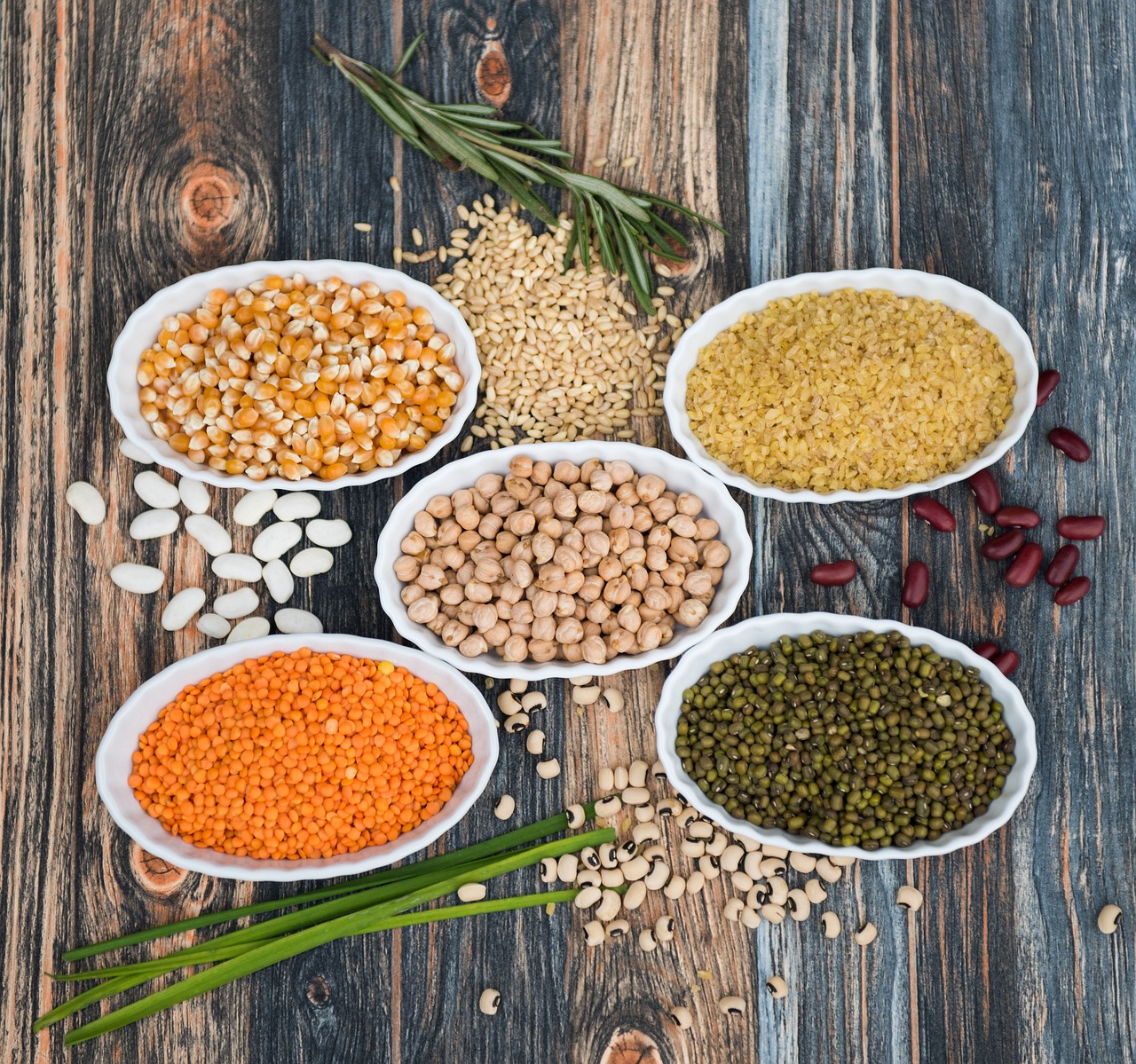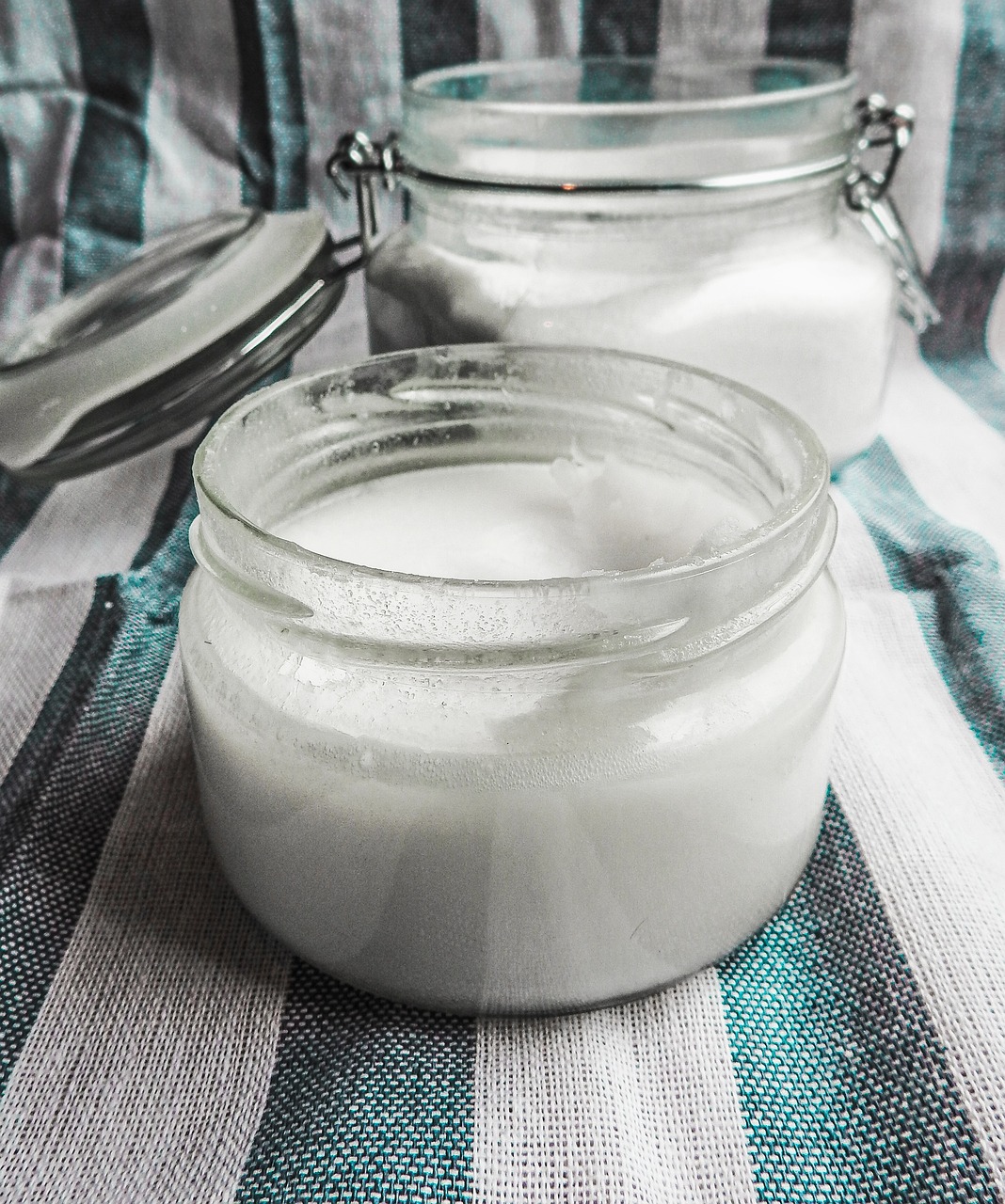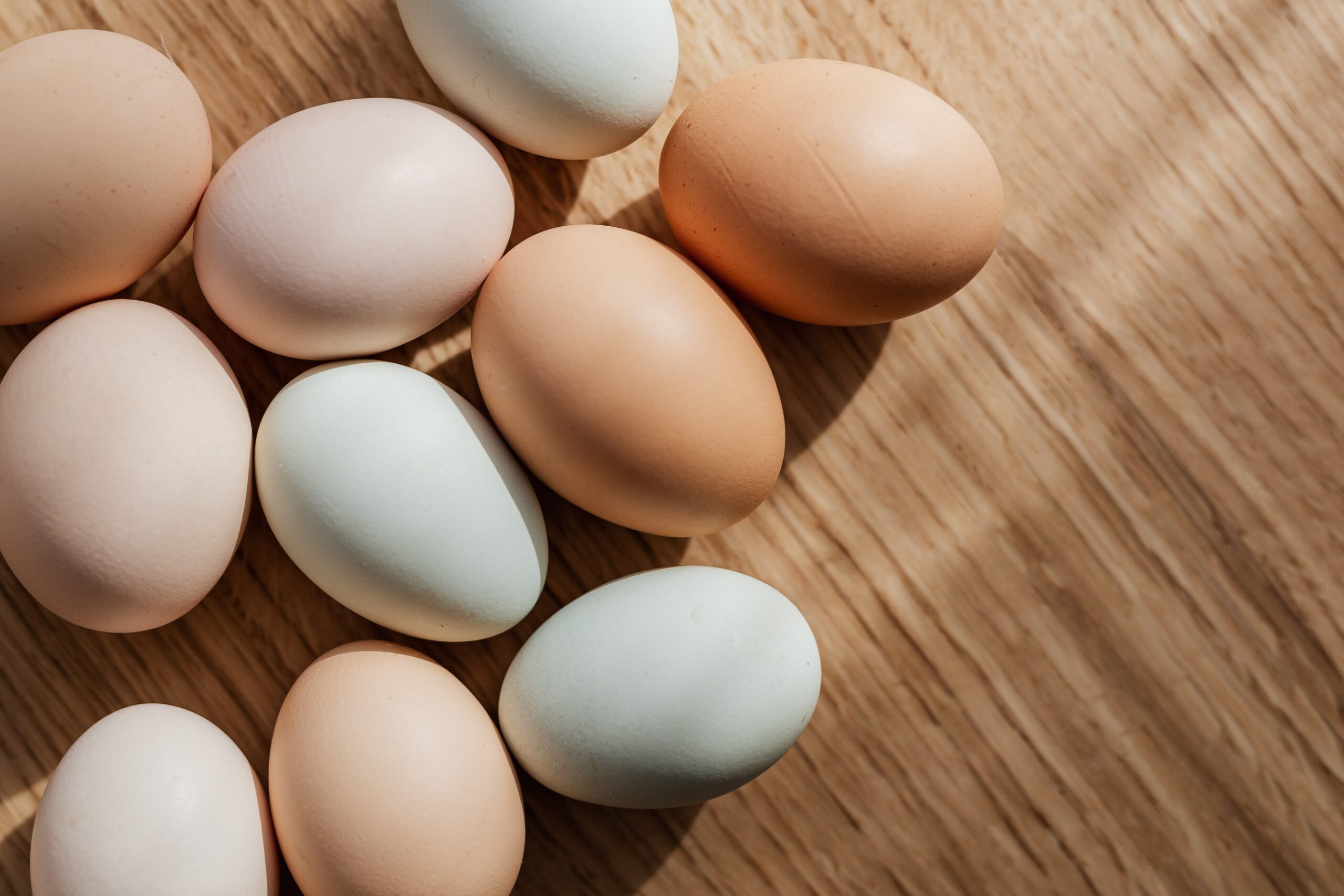
A friend of mine approached me with great enthusiasm, sharing her decision to overhaul her dietary habits and incorporate daily exercise. Her doctor had cautioned her about the risks of obesity, emphasizing the potential dangers if she didn’t take proactive measures to shed weight. However, her excitement waned as she grappled with uncertainty about how to embark on this journey. Like anyone in her position, she was confronted with the daunting question of where to begin.
Firstly, its crucial to comprehend the composition of our food. Our dietary focus centers on three primary macronutrients: carbohydrates, fats and proteins. These macronutrients are essential in significant quantities as they serve as our primary sources of energy, providing calories. (Please visit my previous article for more info on balance diet, https://healthgoalsforall.com/preconceived-notions-about-weight-loss/)
The calorie content varies among these nutrients. Carbohydrates and proteins offer 4 calories per gram, while fat provides a higher calorie density at 9 calories per gram.
While it is technically possible to survive without carbohydrates, its important to acknowledge that these macronutrients play a crucial role in providing essential nutrients. Among them, carbohydrates serve as primary source of fuel for the body.
What’s On Your Plate: Carbohydrates
Carbohydrates play a fundamental role in supplying energy to the body. Any excess carbohydrates that are not immediately utilized can be stored in the muscle cells and liver, serving as glycogen for future energy needs.
Carbs are commonly present in sugar and starch. There are two main types of carbs: Simple carbs and Complex carbs. Read my previous article on sugar https://healthgoalsforall.com/sugar-sweet-in-taste-bitter-in-health/

Simple carbs are monosaccharides and disaccharides made of single and double molecules respectively. These are the quickest source of energy and digest easily. Examples of monosaccharides and disaccharides are, sugar, syrup, candy, fruits and most simple carbs should be avoided in daily food intake except fruits.
Complex carbs are made of polysaccharides and oligosaccharides. These are composed of strings of sugar molecules and they take more time to digest. These are derived from whole grain, green vegetables, oats, potatoes, corn, beans, lentils.

When contemplating shedding extra weight, many often consider adopting a low carb diet. However, its crucial to recognize that not all carbohydrates ae inherently bad (just as not all of them are universally good) before embracing such a dietary plan.
When simple carbohydrates such as refined flour sugar, white rice corn syrup, and fruit juice concentrates enter the stomach and then the small intestine, they’re swiftly absorbed into the bloodstream, causing a rapid spike in insulin levels due to the increased flow. The surplus glucose is subsequently stored in the liver as fat.
When consuming whole grains, wheat, barley, brown rice, and vegetables, a similar digestive process occurs- the carbs enter the stomach and move to the small intestine. However, unlike simple carbs the presence of fiber results in a gradual absorption of these foods int the blood stream. The breakdown into glucose provides a sustained release of energy.
Now it becomes simpler for my friend to decide whether she prefers a low-carb diet or a diet rich in good carbs.
To get more information on Carbohydrates please watch Dr. Berg’s YouTube video, https://www.youtube.com/watch?v=eXF4iD3O_oA
What’s On Your Plate: Fats
Many debates exists regarding “Fats”. Poor fat, always on a target for weight gain, cardiovascular diseases, and many more health-related issues.
Apprehension is understandable when you realize that fat contains nine calories per gram in contrast to carbs’ four, but fat is an essential nutrient for human survival. It contributes to many bodily functions, such as growth development, maintaining the cell membrane, heat insulation for the body, and receiving vitamins and minerals.

Fats are found in meats, poultry, nuts, milk, oils, fish.
We have three breakdowns of fat: saturated, unsaturated, and trans.
The main difference between Saturated and Unsaturated fats is their molecular composition. We do have to get a little technical here to understand this difference.
The molecules which have the maximum number of hydrogen molecules and only a single bond between their carbon atoms are saturated fats. Saturated fats are solid at room temperature. Some examples of saturated fats are:
Regular cheese, coffee creamers, grain-based desserts (cakes, pastries, or biscuits), coconut oil, margarine, and butter.
Unsaturated fats have a double bond between the carbon atoms in the chain. These are typically liquid at room temperature.
Unsaturated fats can be categorized into monounsaturated (MUFAs) and polyunsaturated (PUFAs).
Polyunsaturated fats are foods like walnuts, sunflower seeds, flax oil, soybean, sunflower oil.

Monounsaturated fats include olive oil and nuts, such as almonds, cashews, and pecans, canola oil, olives, and nut butter.
Unsaturated fats contain EFAs: essential fatty acids which are important for our body.
Polyunsaturated fats can help reduce bad cholesterol levels in our blood which can lower our risk of heart disease and stroke.
Artificial fatty acids like trans fats are a product of hydrogen being added to liquid vegetable oil to increase its shelf life.
The fats we should try to eliminate from our diets (the source of trans fat) are: fried foods, margarine, doughs, cakes, cookies, fried chicken, and French fries.
According to the World Health Organization, no more than 30% of energy intake should come from fats to avoid unhealthy weight gain. Intake of saturated fat should be less than 10% and trans fat should not exceed 1%
I trust that now my friend can determine how to incorporate fats into her diet.
What’s On Your Plate: Proteins
Protein stands out as the most widely discussed macronutrients in the realm of fitness, and for good reason. Its significance lies in supporting growth, bolstering immune functions, and preserving lean muscle mass. Additionally, protein plays a crucial role in exercise recovery and is intricately involved in various bodily functions. (Read previous article for more info on balanced lifestyle, https://healthgoalsforall.com/a-guide-on-how-to-make-disease-disappear/)

Excellent sources of protein include lentils, cheese, peas, chicken, peanuts butter soybeans chia seeds, milk green leafy vegetables, and oysters.
Upon consuming proteins, our body breaks them down into amino acids, which serve as the essential building blocks for protein synthesis.
Proteins derived from animal sources contain all essential amino acids, whereas many plant based proteins may not. Its important to note that obtaining all necessary proteins doesn’t necessarily require exclusive reliance on animal products but opting for them can be more straightforward and quicker way to meet those nutritional needs.
For more information on Proteins and Fats watch Dr. Pal’s YouTube video: https://www.youtube.com/watch?v=j61CcVYlCas
The Dietary Reference Intake states that an average person should have a daily intake of 0.8 grams of protein per kilogram of body weight. If you are a bodybuilder or aiming for extreme muscle growth, it is advisable to consult with your nutrition coach. It’s important to dispel the misconception that protein can harm your kidney, in reality proteins can only pose a risk to kidney health if there is a pre-existing kidney condition.
Now my friend is acquainted with all the macronutrients, I am confident that she can make informed choices about what to include in her diet and what to exclude.
In my opinion, the key lies in moderation. Consume a balanced combination of carbohydrates, proteins and fats while ensuring the intake of essential nutrients.
I trust the information on macronutrients will assist you in crafting a suitable diet plan. Feel free to reach out if you have any questions or if there’s a particular topic you would like me to address. I eagerly await your comments.
Read more: What’s On My Plate Carbs, Fats and Proteins Macronutrients
Great article 🙏🏻
This health topic is so important!
Very insightful keep up the good work
Time to start eating healthy.